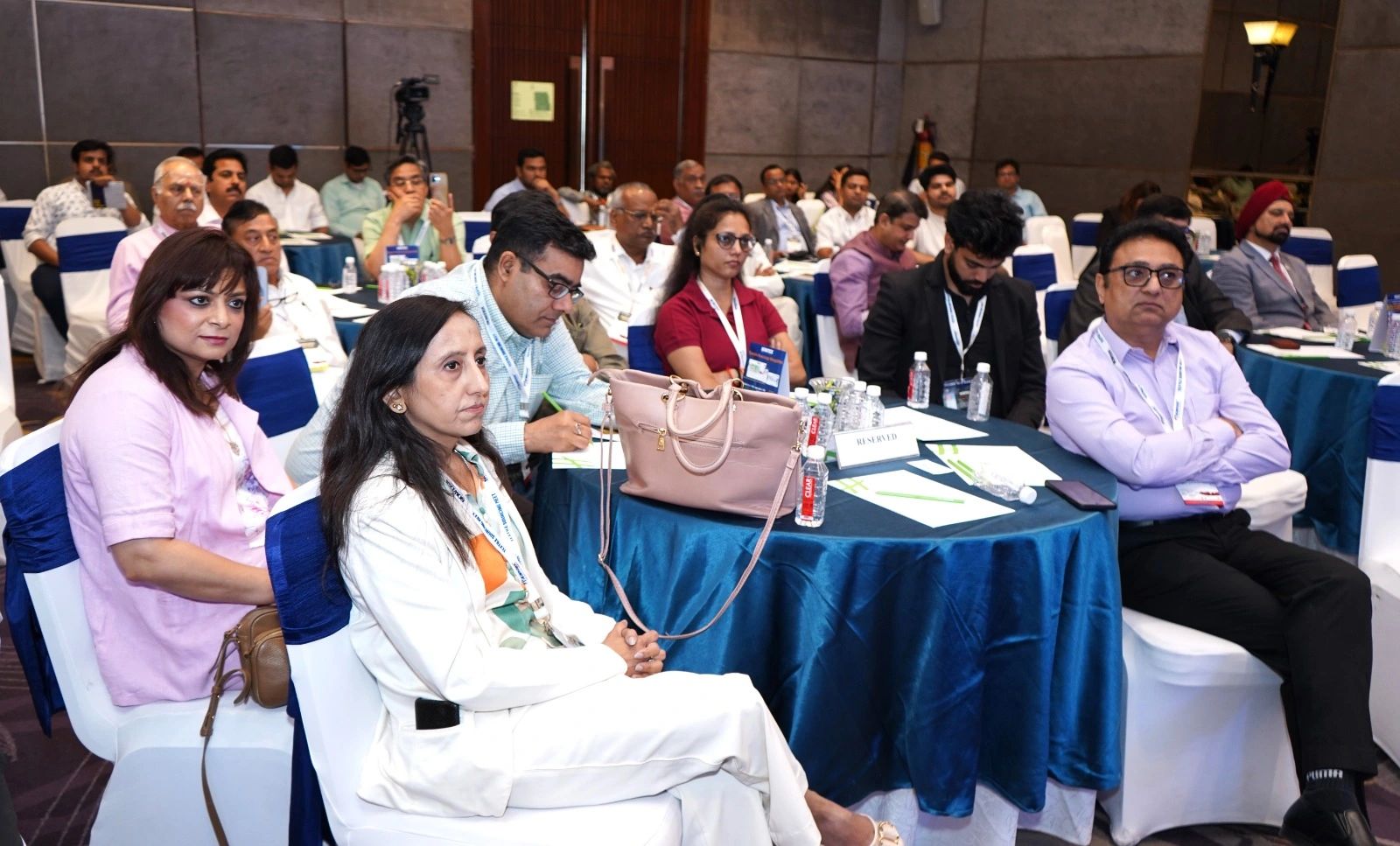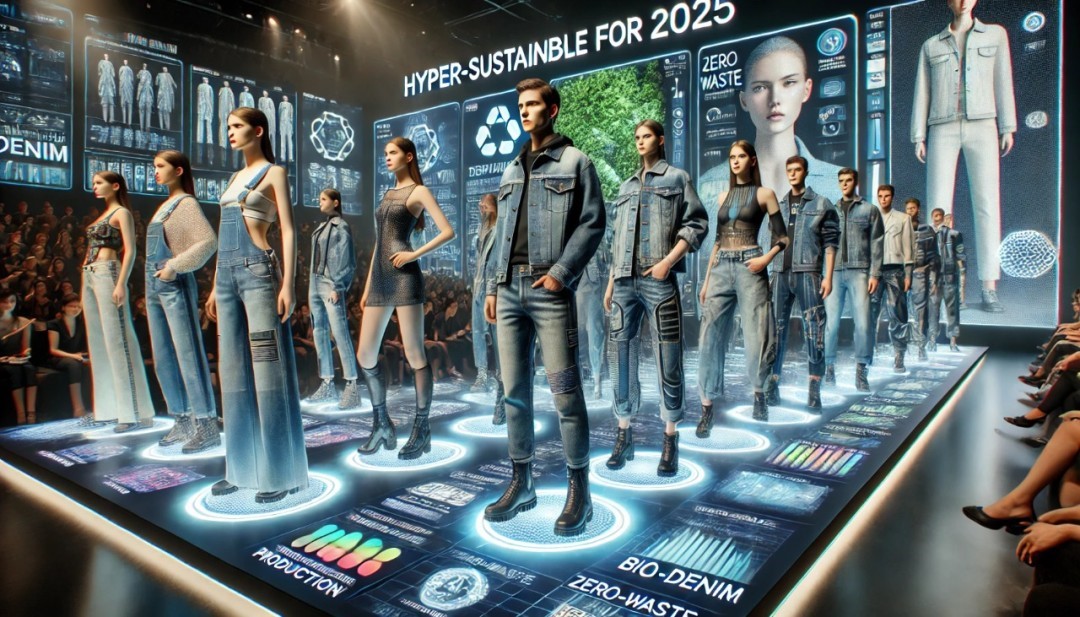Since the past few years, Technological advancement has attained a new buzzword “Metaverseâ€. It is now being hailed as the next big innovation while also receiving criticism for being overhyped and overpromised, specifically in context of Future Fashion and 3D Apparel. It appears to be everywhere and nowhere at the same time. Which end of the spectrum is closer to reality, and what precisely is the metaverse?
Metaverse is essentially a virtual-reality space which simulates a real or imagined computer-generated environment. A user can interact with this environment and other users, as if physically present. The simplest way to understand the terminology is to witness it by diving in as an immersive digital version likely rendered by virtual or augmented reality. This alt version is what we call an ‘Avatar’.
Creating an avatar is imperative
We all live in two realities today: the physical and the digital. Although we easily switch between the two, we view these as independent entities. For instance, ‘Simon’ lives in the real world where he does things like work, eat, and sleep. However, when he dons his meta-helmet, he leaves the real world and enters the virtual one, where ‘Simon’ transforms into Simon’s AVATAR. The two realities are connected by the metaverse. Similarly, everyone can visualize themselves and create their avatar to give their personality an extraordinary outlook.
The Transition from Physical to Virtual
There has already been substantial development in the transition from physical to virtual. In the recent past, the entire world had to shift to a digital mode of communication due to the widespread pandemic. Tools like Zoom, Google Meet, Skype, Webex etc became the new normal with everyone using them extensively, be it in an educational setting or a business-related one. Correspondingly, the metaverse can be integrated in our lives thereby allowing people to level up from conventional video conferencing to an Experiential Conferencing Environment using VR. People from different parts of the world can convene in the metaverse as their avatars to hold a meeting. In fact, the Metaverse Fashion Week held in ‘Decentraland’ in March 2022 was a big step towards embracing this aspect of Future Fashion.
Metaverse as a Marketing & Forecasting Tool
Our lifestyles have become versatile and engrossing enough in our reel world that we would like to look in vogue all the time. Global fashion brands are uniting through metaverse technology with the gaming and entertainment industry to promote their brand image and get universally acclaimed. Did you know that three million people play video games daily and invest 100 billion dollars just to buy virtual goods and skins?
Trendsetters have a great inclination of making their avatars snazzy & chic by customizing and accessorizing them with opulent brands like Ralph Lauren, Gucci, Adidas, Burberry, and the list goes on. With the right technology, the fashion and textile industry can advance significantly in the metaverse.
In fact, Disruptors like Trace Network Labs have also come up with the concept of creating Experiential Commerce Stores for Fashion Manufacturers & Brands where they can stock their inventory as NFT’s. Buyers can visit the store as their avatars, try on as well as buy the products. This will give them the convenience of E-Commerce along with the shopping experience of a Physical Store. Moreover, the products themselves can be digital only or available in both digital & physical forms, also called ‘Phygital’, as explained by Mr. Sunil Arora, Co-founder of Trace Network Labs.
Imagine entering a store and finding an article of clothing you like. Do you have this outfit in my size and in blue, you ask the salesperson as you approach them. Yes, we have that clothing in every size and color, the salesperson explains. The salesperson is referring to about 10,000,000 sizes in hundreds of variations, not 10 sizes in 5 colors. That is the scope of Metaverse when combined with Fashion Industry. And this is just the beginning of the revolution !
Another interesting concept is ‘Augmented Forecasting’ which essentially uses the real time interaction data from these Metaverse Stores to predict the trends for the near future. “When we combine it with our traditional forecasting tools, the possibility of wastage and redundant products reduces significantly while sales are likely to increase manifoldâ€Â said Mr. Arora.
So, Is the metaverse the solution to all of our dilemmas?
Over the course of three sequential phases, the metaverse will revolutionize how humans interact with the outside world. Each phase has its own unique impact on technology, the market, and product features. The public will have greater access and be able to afford haute couture articles attributable to virtual apparel, which would not have been viable in the actual world. For brands and manufacturers, the possibility of going global will rapidly increase along with the freedom to experiment more in styles, silhouettes, prints, colours etc. Additionally, virtual fashion will drastically mitigate the deleterious repercussions of rapid production, producing fewer recyclables and limiting the proliferation of landfills. By connecting with early Metaverse in the fashion sector, brands potentially generate enticing digital fashion for those investing in it, thus fashion as accessible online, (if not more) as it is offline.
Even though the realm of virtual fashion would be one to watch, as of now, it only draws the attention of a niche. However, we would try and figure out how long it might take for the complete concept to materialize at scale. In a nutshell, the growth prospects of Meta Fashion are huge and the time is not far when Metaverse would give competition to the physical.



